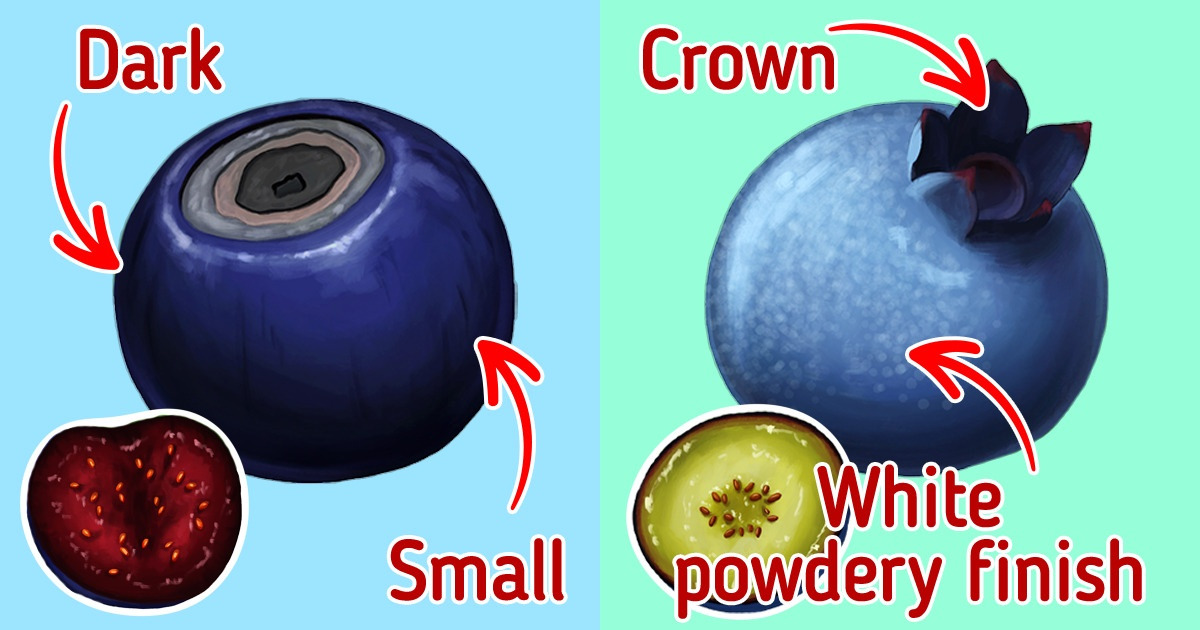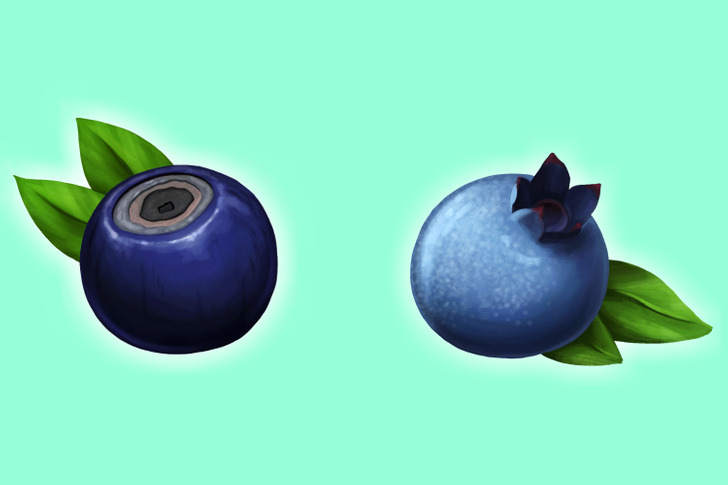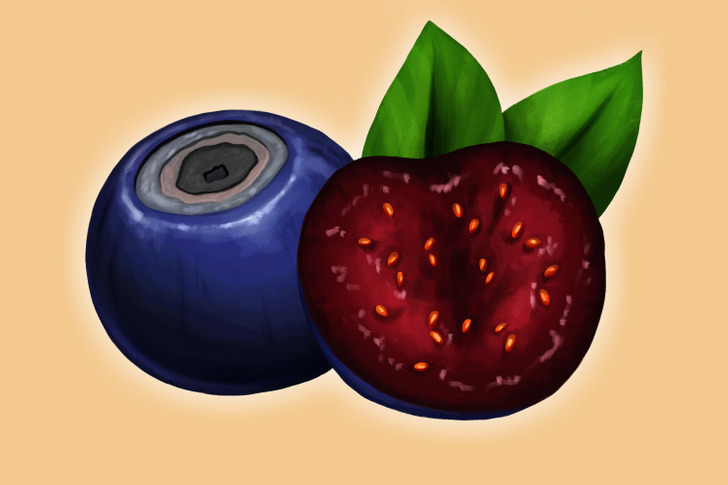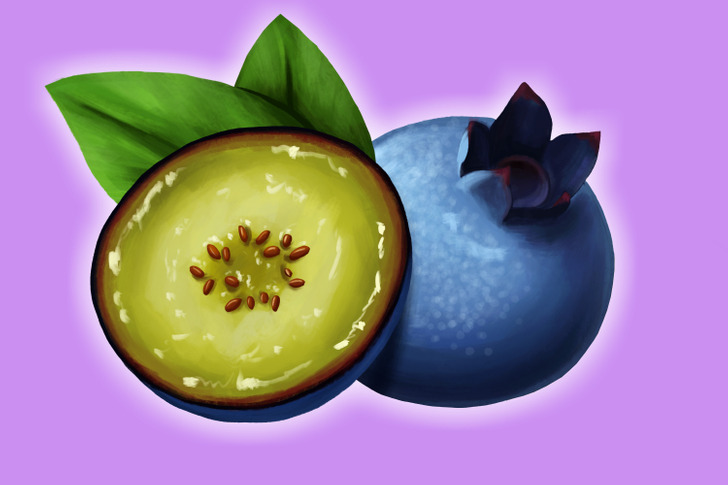What the Difference Between Bilberries and Blueberries Is

5-Minute Crafts is telling you how to distinguish bilberries from blueberries.

Bilberries (Vaccinium myrtillus) and blueberries (Vaccinium cyanococcus) are close relatives. Both berries belong to the same plant genus. But bilberries first appeared in Europe, while blueberries, in North America.
The fruits of bilberries and blueberries are very similar and it’s easy to confuse them. However, the differences between them still exist. Knowing these details, you will be able to easily spot the needed berries. Blueberries have a white powdery finish and a “crown,” while bilberries, as a rule, have a darker color and are smaller than blueberries.
Let’s look at their differences closer.
Bilberries

Habitat: Bilberries are a low-growing shrub that grows in Northern Europe and in some parts of North America and Asia. They normally grow in heaths, meadows, and moist, coniferous forests. This shrub needs shade and moderate humidity.
Color: Bilberries are darker than blueberries. They contain way more anthocyanins (antioxidants), which is what gives the berry this dark blue-violet color. Inside, bilberries have reddish flesh. Be careful with the latter because even a small amount of bilberries can color not only yogurt, smoothies, and baked goods, but also your mouth, hands, and clothes a dark-blue color.
Size: Bilberries measure 3 to 10 mm in diameter. These berries grow in single fruits, not in clusters like blueberries.
Taste: It is believed that bilberries have a brighter, more pronounced taste. It’s tangy, fruity, and slightly sweet. The skin of bilberries is rougher than that of blueberries.
Benefits: Bilberries have the following beneficial properties:
- They improve eyesight.
- They reduce the level of glucose in the blood.
- They have an anti-inflammatory and hypolipidemic effect.
- They contribute to antioxidant protection.
Blueberries

Habitat: Blueberries sold in supermarkets or grocery stores are commonly grown on farms around the world. The main volume is accounted for by the USA, Canada, Poland, Germany, and Mexico.
Color: Blueberries’ color varies from indigo to dark purple. They have a pulp of white or light-green color. Blueberries are covered with a white powdery finish — it is their natural protection from the sun. At the tip of each berry, you can see something like a “crown.”
Size: Blueberries are much bigger than bilberries. Their diameter varies from 5 to 13 mm, and blueberries grow in clusters.
Taste: The taste of blueberries is milder and not as tart as bilberries. They can be sour.
Benefits: Blueberries have the following beneficial properties for the body:
- They contain powerful antioxidants that can improve overall well-being.
- They help reduce the risk of developing type 2 diabetes.
- They improve brain function.
- They reduce the risk of cardiovascular disease.
- They help fight urinary tract infections.
- They support bone health.
- They fight inflammation.
- They restore damaged cells.
- They lower the risk of cancer.